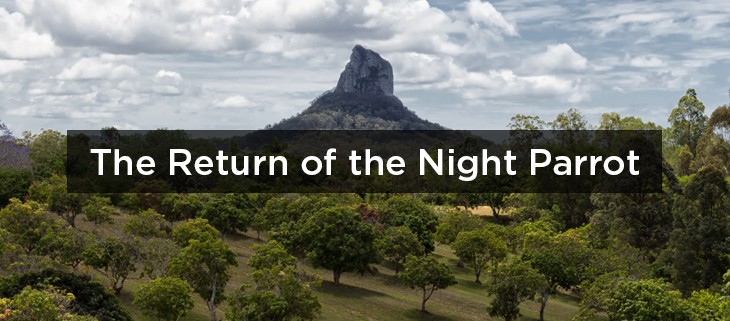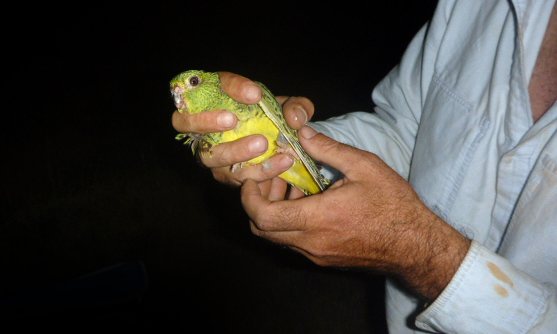December 4, 2024
The Ebiil Society: Champions of Palau
Ann Singeo, founder of our partner organization the Ebiil Society, shares her vision for a thriving Palau and a flourishing world of indigenous science!
We use cookies to help you navigate efficiently and perform certain functions. You will find detailed information about all cookies under each consent category below.
The cookies that are categorized as "Necessary" are stored on your browser as they are essential for enabling the basic functionalities of the site. ...
Necessary cookies are required to enable the basic features of this site, such as providing secure log-in or adjusting your consent preferences. These cookies do not store any personally identifiable data.
Functional cookies help perform certain functionalities like sharing the content of the website on social media platforms, collecting feedback, and other third-party features.
Analytical cookies are used to understand how visitors interact with the website. These cookies help provide information on metrics such as the number of visitors, bounce rate, traffic source, etc.
Performance cookies are used to understand and analyze the key performance indexes of the website which helps in delivering a better user experience for the visitors.
Advertisement cookies are used to provide visitors with customized advertisements based on the pages you visited previously and to analyze the effectiveness of the ad campaigns.
Looking to make an impact this Earth Month? Here’s how.

Sightings of Endangered Night Parrot suggest the species is doing better than previously thought.
The Endangered Australian native Night Parrot (Pezoporus occidentalis) was believed to be extinct for over 100 years until 2013. Now, more and more sightings suggest that this nocturnal bird species is doing better than previously thought.

However, the Night Parrot is still very much threatened by the unresolved issue of invasive species in its habitat. The Night Parrot is mostly ground-dwelling, making it particularly vulnerable to opportunistic invasive predators.
Researchers are studying this rare bird in order to better understand its status and its behaviors.
Featured photo: Queensland, Australia. Credit: Steve Austin
Source: The Guardian
Check out other journal entries we think you might be interested in.
Notifications